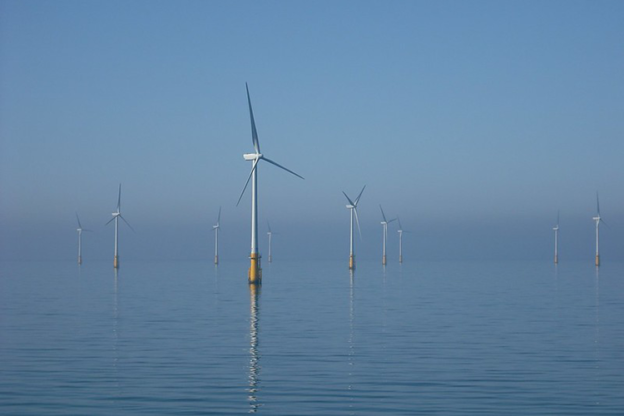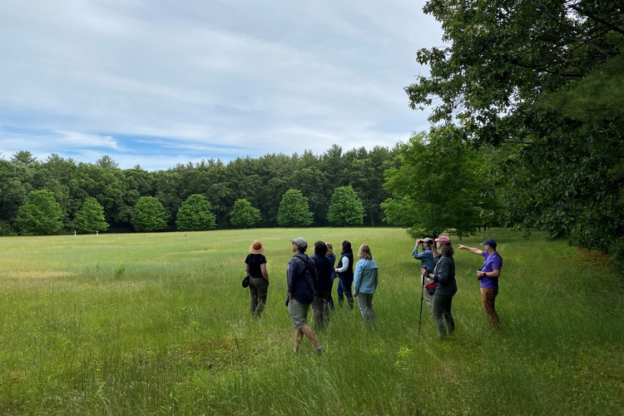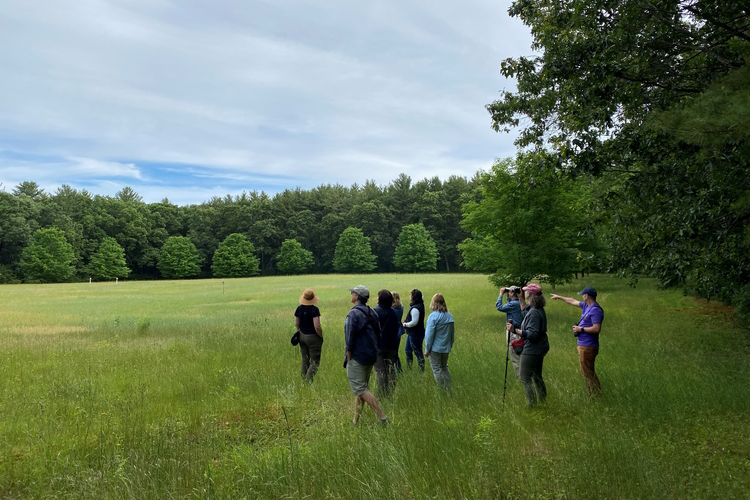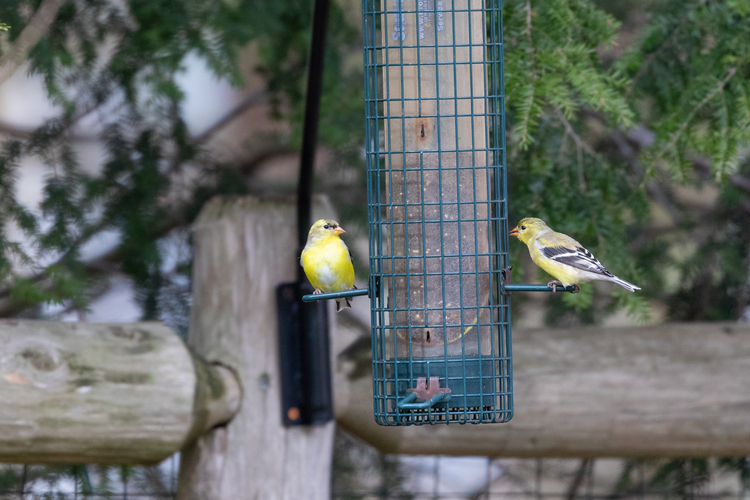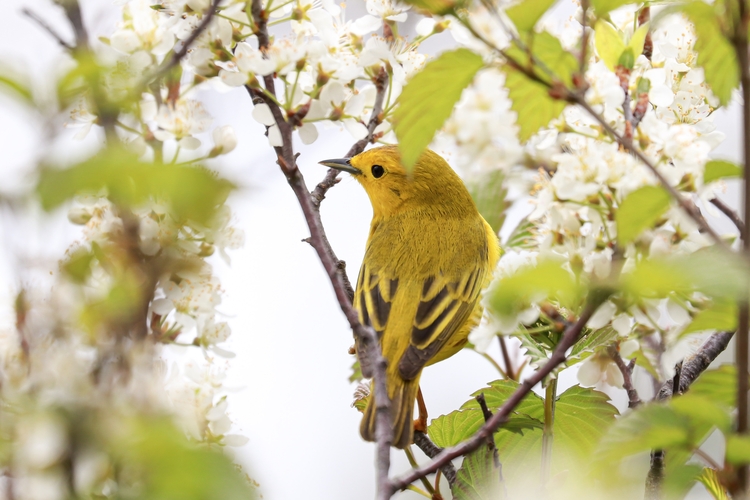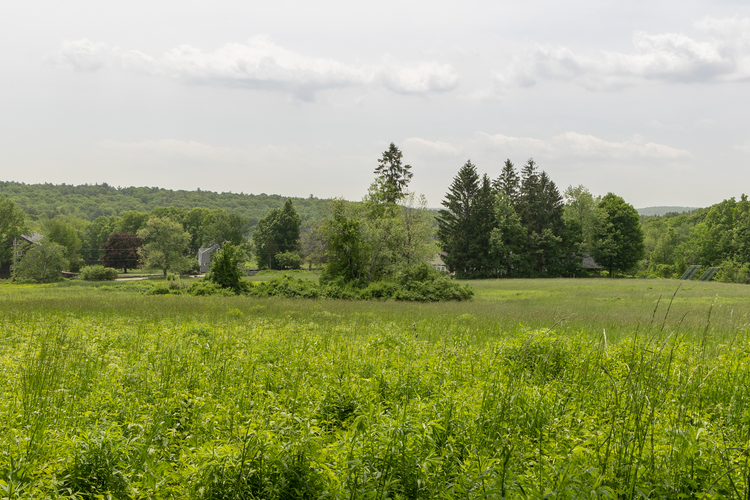Exciting news: Massachusetts has just requested proposals for new offshore wind turbine developments that could produce up to 25% of our state’s electricity. Wind energy developers will now be able to submit proposals to build large arrays of wind turbines in the waters off of the Massachusetts Coast.
Most importantly, these proposals include requirements for developers to monitor and mitigate the impacts of wind turbines on wildlife and to build the most efficient system of transmission lines possible—both crucial measures for the protection of nature.
Mass Audubon enthusiastically supports offshore wind energy projects, but these developments must, and can, be built with an ironclad commitment to protecting nature and biodiversity.
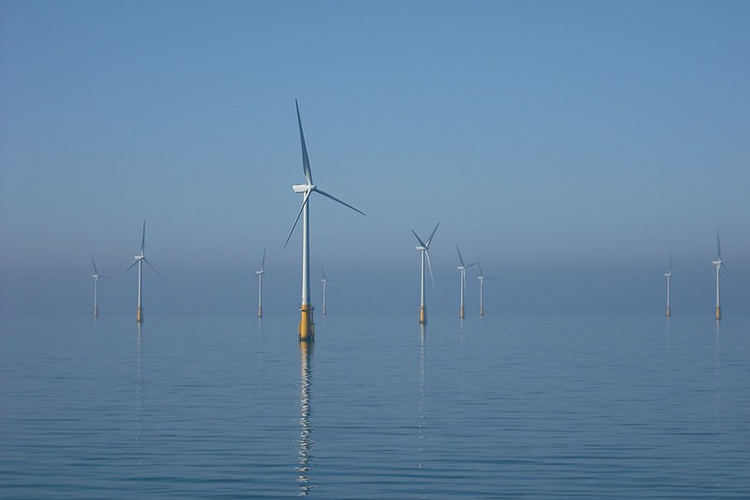
Climate Change and Massachusetts Wildlife
Climate change is by far the greatest threat to the birds and wildlife of Massachusetts. It causes sea level rise and stronger ocean storms which wreak havoc on coastal bird habitats, drowning out nesting and foraging areas for species such as the federally protected Roseate Tern and Piping Plover. Warmer temperatures also alter the length of seasons, interrupting traditional migration patterns. All the birds, wildlife, and coastal ecosystems we cherish in Massachusetts are directly threatened by climate change.
To slow the progress of climate change, Massachusetts must shift its energy system away from the fossil fuels that are emitting greenhouse gases into the atmosphere. The state has a goal of reaching net zero emissions by 2025. It simply won’t be possible to reach that goal without large-scale wind energy development.
Wind energy projects—and especially offshore wind energy projects that take advantage of higher-speed ocean wind—are among the most cost-effective clean energy sources we have available. A few large-scale wind developments off our coast could power a quarter of the state. No other energy technology offers that kind of scale.
Mass Audubon’s Advocacy for Wildlife-Friendly Wind Development
While Massachusetts needs offshore wind energy to help slow the climate crisis that is destroying our nature and wildlife, these developments must not come at the expense of our birds and wildlife.
Compared to previous wind energy proposals in Massachusetts, the state’s latest proposal includes stronger requirements for wind developers to monitor and mitigate any harm to nature and wildlife that their projects cause.
Additionally, we applaud the Commonwealth’s commitment to planning an efficient system of transmission lines connecting wind developments to the power grid. New transmission lines often impact forests and other habitats and can harm nearby birds and wildlife, so we must work to build new clean energy infrastructure with as light a footprint as possible.
Both of these conservation provisions reflect Mass Audubon’s advocacy in action over the last several years.
Our wildlife experts help monitor the impacts of wind energy development and are a critical voice on the state’s habitat advisory group. We will work to ensure that wind energy developers continue engaging with this group to make their projects as wildlife-friendly as possible. We’ll also continue to push for developers to provide the full funding needed to conduct wildlife monitoring and mitigation.
The choice before us is not whether to pursue offshore wind or protect our iconic wildlife. We must do both. We’re optimistic that Massachusetts is up to the task.
How You Can Help Us Advocate for Wildlife-Friendly Wind Energy
Learn more about our advocacy for responsible wind energy development.
To get involved in the fight for responsible wind energy development, become a Climate Champion.


